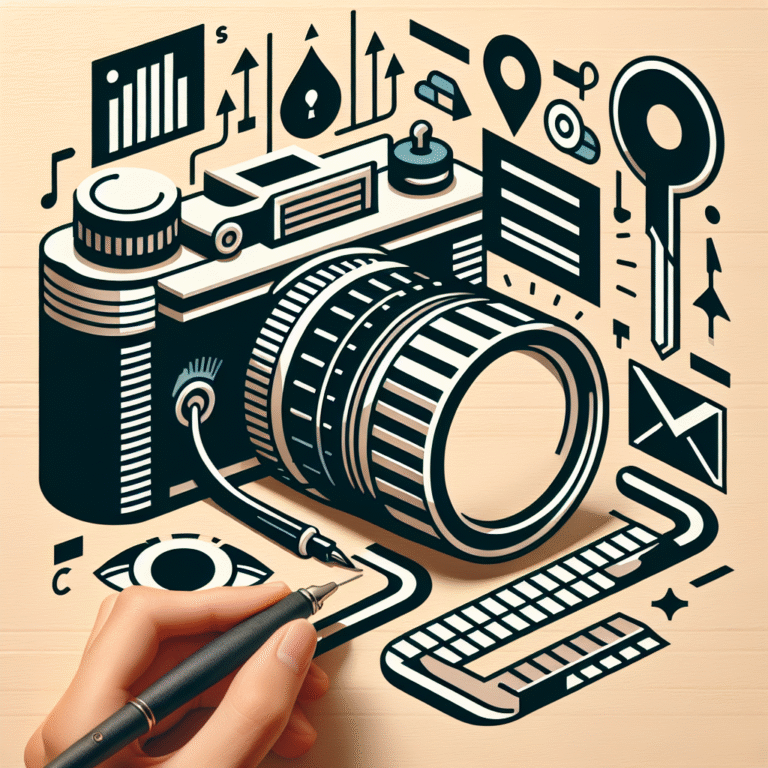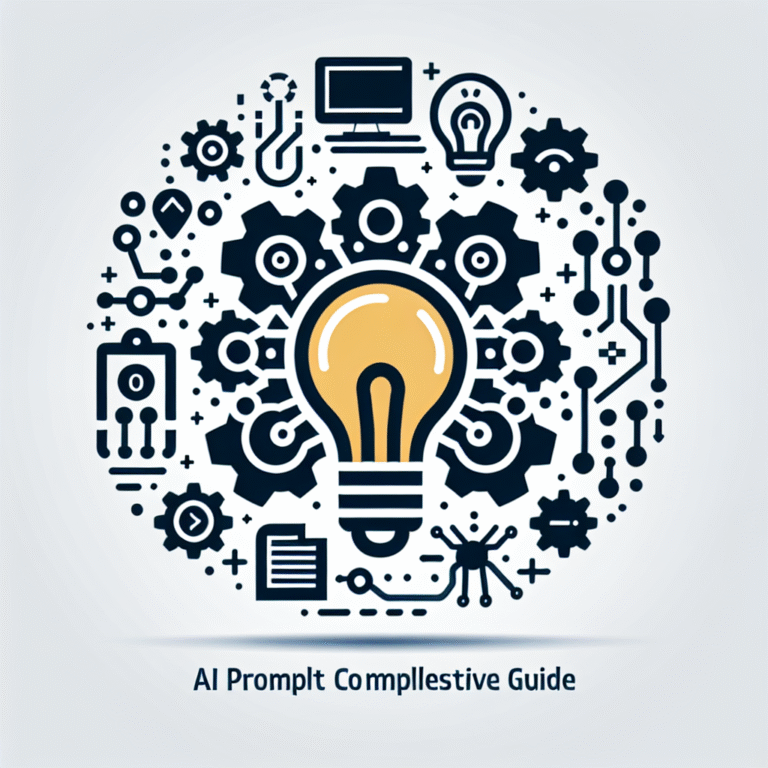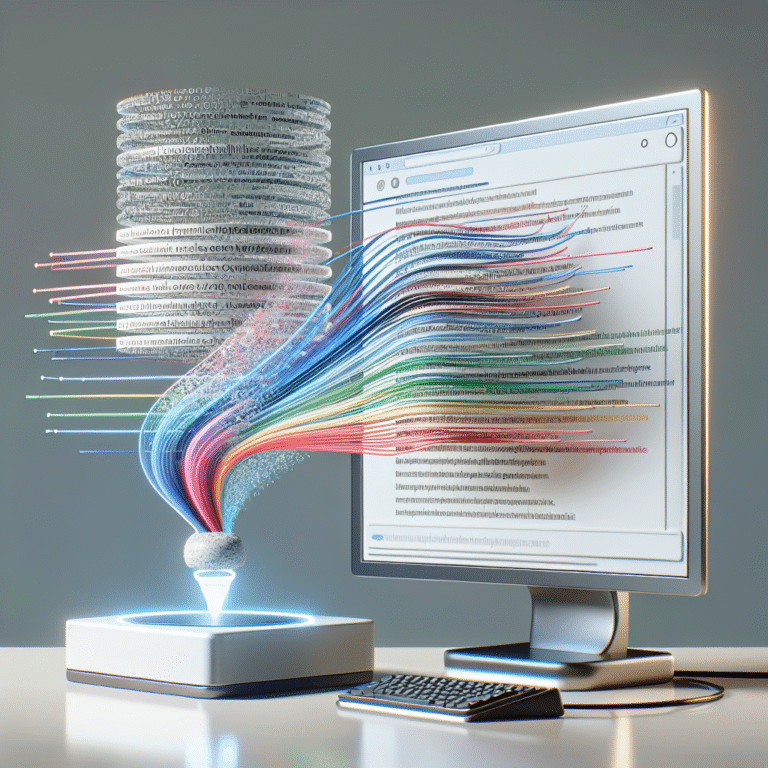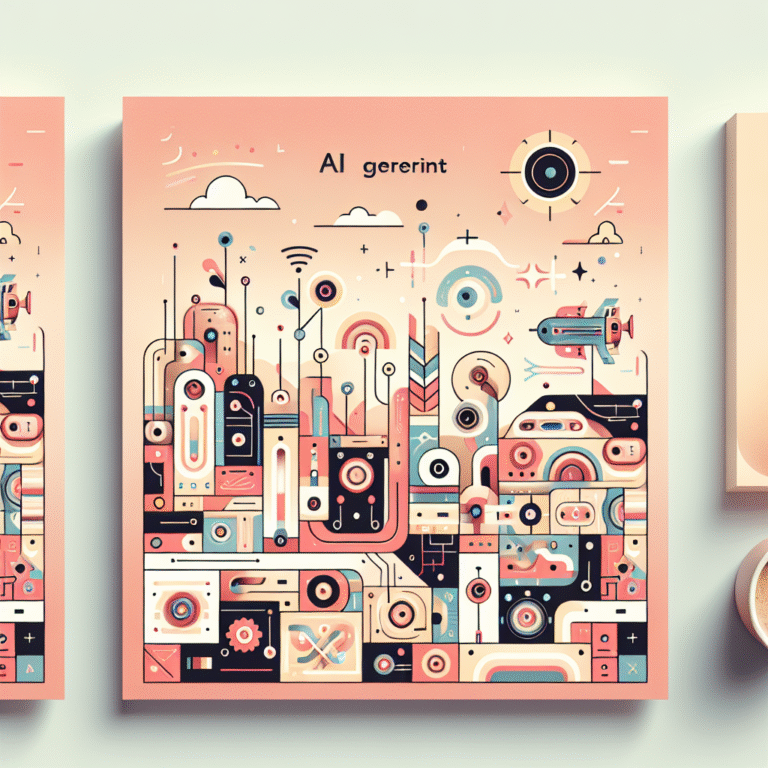AI Concept Art Prompt Styles: A Comprehensive Guide
p>AI concept art prompt styles have become an essential tool for artists, designers, and creators in various industries, including film, video games, and advertising. These prompts are used to generate unique and innovative ideas, explore different styles, and automate the creative process. In this article, we will delve into the world of AI concept art prompt styles, exploring their history, benefits, and applications. We will also discuss the different types of prompts, provide examples of successful implementations, and offer a step-by-step guide on how to create effective prompts. Whether you are an artist, designer, or simply interested in the potential of AI in the creative field, this comprehensive guide will provide you with a deep understanding of AI concept art prompt styles and their numerous applications.
Introduction to AI Concept Art Prompt Styles

The use of AI in concept art has revolutionized the way artists and designers work. By leveraging machine learning algorithms and natural language processing, AI concept art prompt styles can generate a wide range of ideas, from simple sketches to complex, detailed designs. These prompts can be used to explore different styles, experiment with new ideas, and automate the creative process. One of the primary benefits of AI concept art prompt styles is their ability to save time and increase productivity. By automating the initial stages of the creative process, artists and designers can focus on refining and perfecting their ideas, rather than spending hours brainstorming and sketching.
History of AI concept Art Prompt Styles
The history of AI concept art prompt styles dates back to the early 2000s, when researchers began exploring the potential of machine learning in the creative field. Initially, these early systems were limited in their capabilities, generating simple shapes and patterns. However, as the technology advanced, so did the complexity and sophistication of the generated art. Today, AI concept art prompt styles are capable of producing stunning, high-quality designs that rival those created by human artists. The development of AI concept art prompt styles has also been driven by the growing demand for unique and innovative ideas in various industries, including film, video games, and advertising.
Benefits of AI Concept Art Prompt Styles
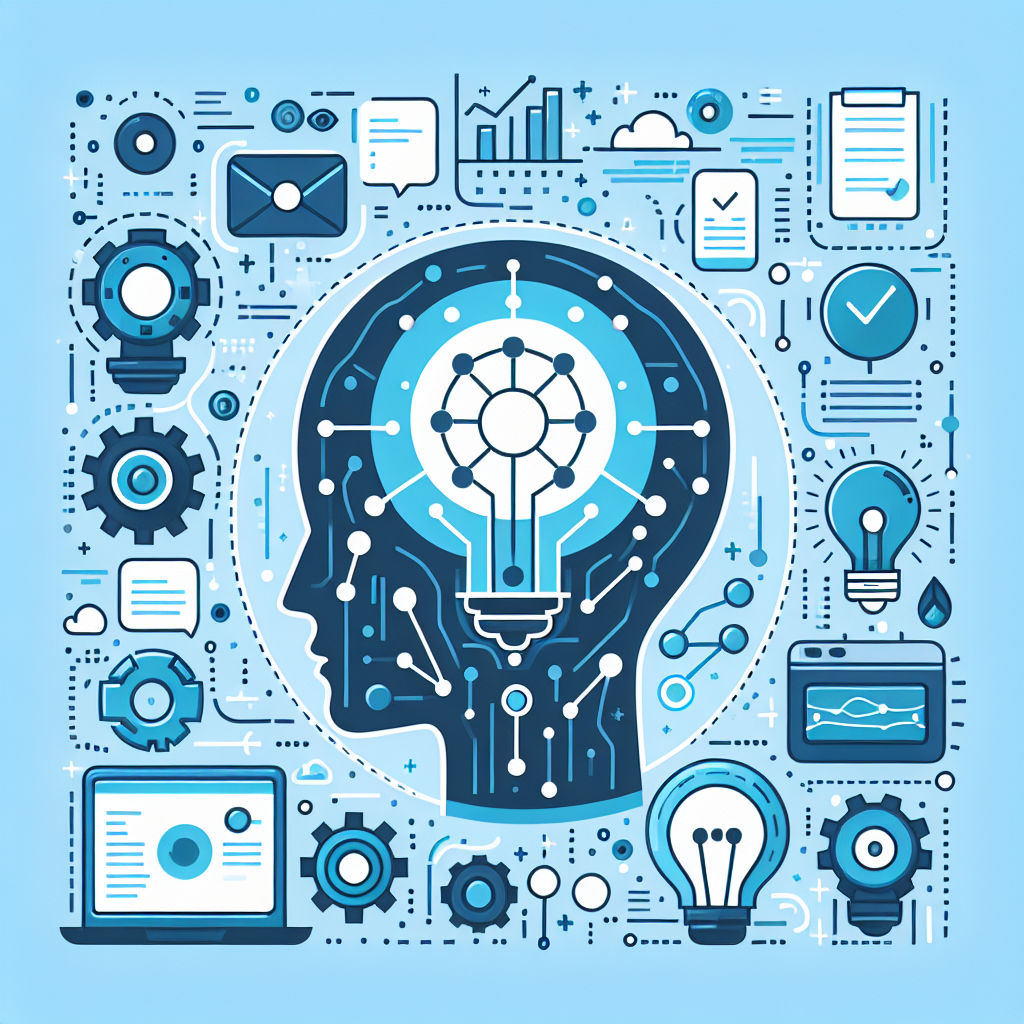
The benefits of AI concept art prompt styles are numerous and far-reaching. One of the primary advantages is their ability to generate a wide range of ideas, from simple sketches to complex, detailed designs. This allows artists and designers to explore different styles, experiment with new ideas, and automate the creative process. Additionally, AI concept art prompt styles can save time and increase productivity, enabling creatives to focus on refining and perfecting their ideas, rather than spending hours brainstorming and sketching. Another significant benefit of AI concept art prompt styles is their ability to facilitate collaboration and communication between artists, designers, and stakeholders. By providing a common language and framework for creative expression, AI concept art prompt styles can help bridge the gap between different disciplines and departments.
Types of AI concept Art Prompt Styles
There are several types of AI concept art prompt styles, each with its unique characteristics and applications. One of the most common types is the text-to-image prompt, which generates an image based on a textual description. Another type is the image-to-image prompt, which generates a new image based on an existing image. There are also prompts that generate 3D models, animations, and even entire scenes. The choice of prompt style depends on the specific application, the desired outcome, and the level of complexity. For example, a text-to-image prompt may be suitable for generating concept art for a film, while an image-to-image prompt may be more suitable for creating variations of an existing design.
Applications of AI concept Art Prompt Styles

AI concept art prompt styles have a wide range of applications in various industries, including film, video games, advertising, and architecture. In film, AI concept art prompt styles can be used to generate concept art for characters, environments, and special effects. In video games, AI concept art prompt styles can be used to create characters, levels, and entire worlds. In advertising, AI concept art prompt styles can be used to generate ideas for campaigns, create visuals for social media, and even automate the design process. In architecture, AI concept art prompt styles can be used to generate designs for buildings, bridges, and other structures. The possibilities are endless, and the use of AI concept art prompt styles is limited only by the imagination and creativity of the user.
Case Studies and Real-World Applications
There are several case studies and real-world applications of AI concept art prompt styles that demonstrate their potential and effectiveness. For example, the film industry has used AI concept art prompt styles to generate concept art for blockbuster movies, such as Avengers: Endgame and Star Wars: The Rise of Skywalker. The video game industry has also used AI concept art prompt styles to create characters, levels, and entire worlds for games, such as Fortnite and Minecraft. In advertising, AI concept art prompt styles have been used to generate ideas for campaigns, create visuals for social media, and even automate the design process. These examples demonstrate the versatility and potential of AI concept art prompt styles and their ability to revolutionize the creative process.
Step-by-Step Guide to Creating Effective AI Concept Art Prompts
Creating effective AI concept art prompts requires a deep understanding of the technology, the desired outcome, and the level of complexity. Here is a step-by-step guide to creating effective AI concept art prompts: first, define the project scope and objectives; second, choose the type of prompt style that best suits the application; third, refine the prompt to ensure clarity and specificity; fourth, test and refine the prompt to achieve the desired outcome. It is also essential to have a clear understanding of the AI algorithm and its limitations, as well as the level of complexity and detail required for the project.
Conclusion and Future Directions
In conclusion, AI concept art prompt styles have revolutionized the creative process, enabling artists, designers, and creators to generate unique and innovative ideas, explore different styles, and automate the creative process. The benefits of AI concept art prompt styles are numerous, including saving time, increasing productivity, and facilitating collaboration and communication. As the technology continues to evolve, we can expect to see even more sophisticated and complex applications of AI concept art prompt styles. The future of AI concept art prompt styles is exciting and full of possibilities, and it will be interesting to see how this technology continues to shape and transform the creative industry.
The potential of AI concept art prompt styles is vast, and their impact on the creative industry will be significant. As the technology advances, we can expect to see more widespread adoption of AI concept art prompt styles in various industries, including film, video games, advertising, and architecture. The use of AI concept art prompt styles will also raise important questions about the role of human creatives in the design process, the potential for job displacement, and the need for new skills and training. However, one thing is certain: AI concept art prompt styles are here to stay, and they will continue to shape and transform the creative industry in exciting and unpredictable ways.
As we look to the future, it is essential to consider the potential risks and challenges associated with AI concept art prompt styles. One of the primary concerns is the potential for job displacement, as AI algorithms and machine learning models become more advanced and capable of performing tasks that were previously the exclusive domain of human creatives. Another concern is the potential for homogenization of styles and ideas, as AI concept art prompt styles become more widespread and ubiquitous. However, these risks can be mitigated by ensuring that human creatives are involved in the design process, providing guidance and oversight, and ensuring that the output of AI concept art prompt styles is diverse and innovative.
In the end, the future of AI concept art prompt styles is bright and full of possibilities. As the technology continues to evolve, we can expect to see even more sophisticated and complex applications of AI concept art prompt styles. The potential of AI concept art prompt styles to revolutionize the creative process, enable new forms of collaboration and communication, and facilitate the generation of unique and innovative ideas is vast and exciting. As we look to the future, it is essential to consider the potential risks and challenges associated with AI concept art prompt styles, but it is also important to recognize the vast potential and opportunities that this technology offers.
Finally, as we conclude this comprehensive guide to AI concept art prompt styles, it is essential to remember that the technology is still in its early stages, and there is much to be learned and discovered. As the technology advances, we can expect to see even more widespread adoption of AI concept art prompt styles in various industries, and the potential for innovation and creativity will be vast. The future of AI concept art prompt styles is exciting and full of possibilities, and it will be interesting to see how this technology continues to shape and transform the creative industry.
